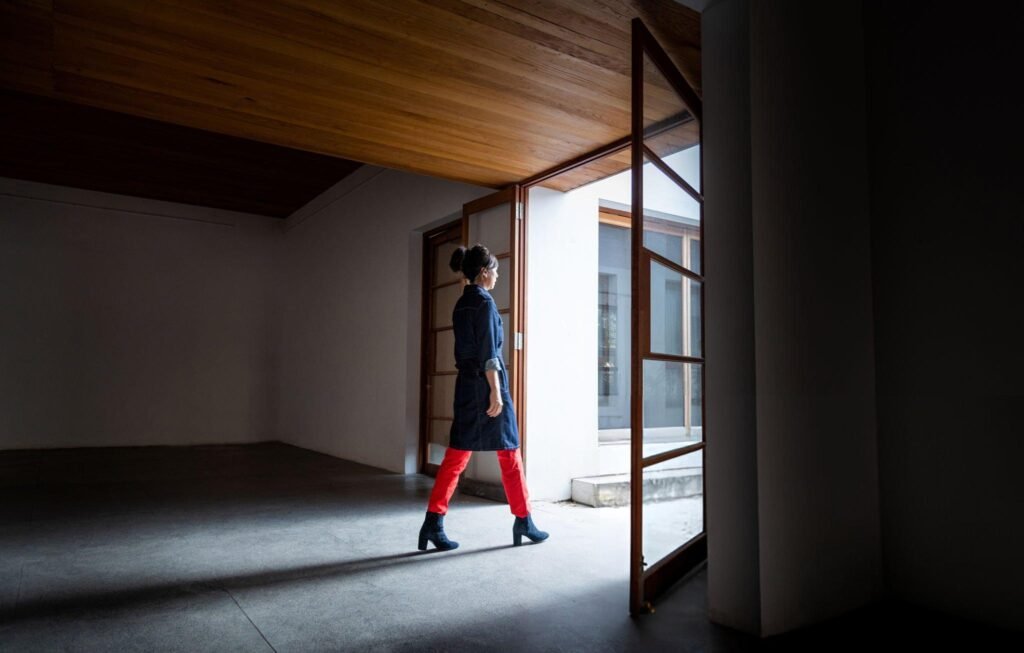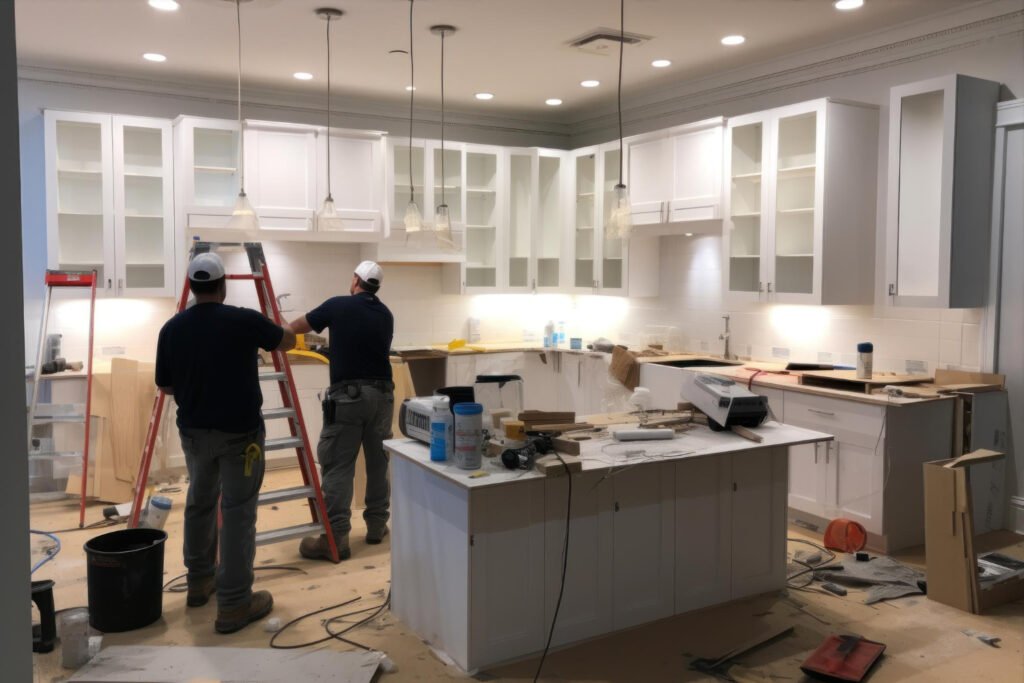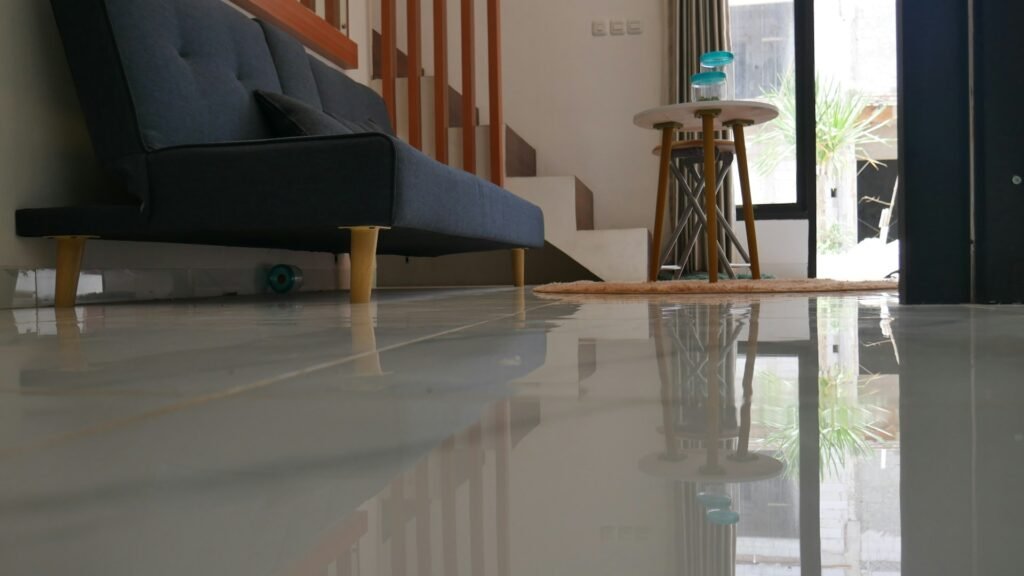Adding to your home opens up all kinds of opportunities, but one common challenge is how dark the new space can feel once it’s built. Whether it’s due to fewer windows or limited sunlight reaching the new structure, dark corners and dim lighting can make even a well-designed addition feel gloomy. If you’ve gone through the time and effort of adding square footage, it should feel as bright and comfortable as the rest of your home.
Brighter spaces feel more open and inviting, not to mention more connected to the rest of the home. That sense of openness is especially important during summer in a place like Orlando, where the sun shines strong but poorly lit interiors can still feel closed off. A home addition should feel like a natural extension, and that includes making smart design choices from the start. With the right planning and help from experienced contractors for home additions, improving light and flow in your new space is much easier than you might think.
Analyzing the Existing Layout
Before selecting new lighting fixtures or picking wall colors, it’s important to step back and look closely at the current layout of your home addition. Without this step, it’s easy to overlook why a room feels dark in the first place.
Start by noticing where sunlight enters the space during the day. In many cases, poor natural light isn’t because there aren’t enough windows, but because of where they’re positioned. A room with windows that face north or are blocked by fences, overhangs, or nearby trees might not get much sunlight. Even features like an attached garage, a shared wall, or an awkward interior doorway can reduce how light flows into the space.
To get a real sense of how the light interacts with your space, walk through the room during early morning, midday, and late afternoon. Watch for shadowed areas and fading light zones. These patterns help you understand real-time light behavior in the space.
Here are a few things to take into account:
– How many windows are currently installed, and which direction do they face?
– Are there any exterior features, like trees or overhangs, that block sunlight?
– Is heavy or tall furniture limiting the spread of natural light?
– Would removing a non-load-bearing wall open up the space to more light?
Understanding the layout gives you a realistic foundation to work from. Once you’ve pinpointed the issues, it becomes easier to plan lighting upgrades that will actually make a lasting difference.
Maximizing Natural Light
Natural light instantly makes a room feel more comfortable and welcoming. It’s energy-efficient, easy on the eyes, and helps bring out the best parts of a room’s design. If your home addition can support structural changes, there are several ways to add or increase natural light.
Installing more windows or enlarging existing ones can make a big difference. Tall windows near the ceiling, called clerestory windows, are good for letting in light while maintaining privacy. Bay or bow windows expand views and bounce light around the room. And if your roof allows it, skylights are a great way to brighten up spaces with limited wall areas, such as kitchens or bathrooms.
Going with an open-concept design can help light move freely through the space. Some homeowners take out extra walls or use wide entryways to let sunlight pass from one room to the next. Swapping a solid door for French doors or sliding doors can also invite more light inside and blur the line between indoor and outdoor spaces.
When planning these changes, make sure to think about placement. Even a large window won’t help much if it doesn’t get sunlight during key times of the day. Strategic positioning makes both small and big changes more impactful.
Enhancing Lighting Fixtures
When natural light isn’t enough on its own, the right lighting fixtures can fill in the gaps. A space that feels dim and disconnected can be transformed with the help of a thoughtful lighting plan.
Layered lighting is one of the most effective ways to brighten a room. This includes ambient lighting for general brightness, task lighting for specific areas like countertops or reading nooks, and accent lighting to highlight architectural features or artwork.
For ambient lighting, ceiling fixtures like recessed lighting or hanging chandeliers work well. These provide even coverage and help set the mood of the whole space. Task lighting works great under cabinets, beside workbenches, or near reading chairs. Accent pieces like wall sconces or adjustable spotlights help add personality while increasing brightness.
Switching to LED lighting can make your setup more energy-efficient. LEDs last longer and use less energy than traditional bulbs. For added convenience, smart lighting systems allow you to adjust brightness, change color temperature, and set timers right from your phone.
Utilizing Reflective Surfaces and Light Colors
If you want to stretch the light you already have, reflective surfaces and light tones can do a lot of the work. These design choices don’t require major construction but can drastically change how bright a room feels.
Mirrors are great for reflecting light across a room. Hanging one across from a window or opposite a light fixture helps bounce sunlight or artificial light further than it would normally reach. Glossy finishes, whether on tiles, counters, or furniture, multiply this effect.
Wall and ceiling colors set the stage for how light behaves in a room. Whites, creams, and other soft colors reflect more light than dark shades. Adding those same light tones to your furniture or accent pieces helps pull together the look and draw attention to brightness, not bulk. Upholstery in beige, ivory, or light gray makes rooms feel more open without being bland.
Using these elements together gives your space a comfortable glow, while also making rooms feel bigger and more connected.
Adding Functional Outdoor Connections
Creating a link between indoors and outdoors can dramatically improve both function and brightness. Orlando’s sunny weather makes this kind of setup even more enjoyable year-round.
Sliding glass doors or folding patio doors open wide, invite in sunlight, and give you easy access to backyards, decks, or gardens. These features make it easy to host friends, relax outside, or just enjoy the view without stepping outdoors.
Picture a living area that flows straight into a patio through large sliding doors. The sunlight pours in during the day while the open space adds a more relaxed, airy feel. You also get increased visibility to outdoor spaces, which makes everything feel more united and open.
These connections also allow upgrades like covered patios, pergolas, or screened porches to shine. They encourage extended living spaces that stay functional long after sunset.
Lighting the Way with FC Contractors
Every home addition deserves to feel bright, open, and connected to the heart of the home. By looking at where light is lost, using smarter design choices, and adding features that support both comfort and style, you can make your new space shine.
Whether it’s through windows, doors, lighting, or finishes, even small changes can make a big difference. Taking the time to observe and plan will help you avoid common mistakes and get more out of your investment. Working with experienced contractors for home additions right here in Orlando makes the whole process smoother. When it’s done right, there’s nothing like watching a once-dark area turn into your favorite spot in the house.
FC Contractors can help you achieve a bright and welcoming extension that feels like a natural part of your home. If you’re ready to enhance your living space with experienced contractors for home additions, let us show you how we can turn your ideas into a space you’ll love spending time in.




